Viburnum Seedling Shrub 4-6″ White Flowers Drupes Witherod
Original price was: $36.99.$27.99Current price is: $27.99.
This listing is for one healthy 4-6 inch Viburnum seedling with wrapped roots and soil. A small starter plant perfect for adding beauty to your garden. Thrives in various conditions and produces stunning white flowers.
Estimated arrival
Dec 11
Dec 16 - Dec 18
Dec 21 - Dec 25
Reasonable Price
We offer reasonable price

Support 24/7
Contact us 24 hrs a day

100% Money Back
You've 30 days to Return

Payment Secure
100% secure payment
Viburnum : A Shrub for Your Garden
The Viburnum is a native shrub prized for its ornamental value and adaptability. This listing offers a healthy 4-6 inch seedling ready to be planted in your garden. Expect beautiful white flowers in spring, followed by colorful drupes in the summer, and stunning fall foliage. The Viburnum is an excellent choice for adding year-round interest to your landscape.
Benefits of Planting
This deciduous shrub offers several benefits. Its dense growth habit provides excellent screening or hedge material. The white flowers attract pollinators, while the colorful fruit provides food for birds. The lustrous foliage turns a beautiful reddish-purple in the fall, adding seasonal color. The Viburnum is relatively low-maintenance and adaptable to various soil conditions.
Growing and Caring for Your Viburnum
The Viburnum thrives in full sun to partial shade and prefers moist, acidic soil. It is hardy in USDA zones 5 and above. Ensure the seedling receives adequate water, especially during dry periods. Prune as needed to maintain shape and remove any dead or damaged branches. With proper care, your Viburnum will grow into a beautiful and reliable shrub.
What to Expect From Your Seedling
Your seedling will be approximately 4-6 inches tall and will be shipped with wrapped roots and soil to ensure its health during transit. Please unpack it carefully upon arrival and provide it with fresh air and moderate light for the first 36-48 hours. Then, transition it to its permanent location in your garden. Remember that each plant is unique and may have minor imperfections, which is perfectly normal in nature.
Frequently Asked Questions
1. How big will this Viburnum get?
The Viburnum can grow to be 12-20 feet tall with a similar spread.
2. What kind of sunlight does it need?
It thrives in full sun to partial shade, needing at least 4 hours of direct sunlight for optimal growth and flowering.
3. What type of soil is best?
It prefers moist, acidic soil but is adaptable to a range of soil types.
4. When is the best time to plant it?
The best time to plant is in the spring or fall, avoiding extreme temperatures.
5. How often should I water it?
Water regularly, especially during the first year, to establish a strong root system. Once established, it prefers moist soil but can tolerate some drought.
Be the first to review “Viburnum Seedling Shrub 4-6″ White Flowers Drupes Witherod”

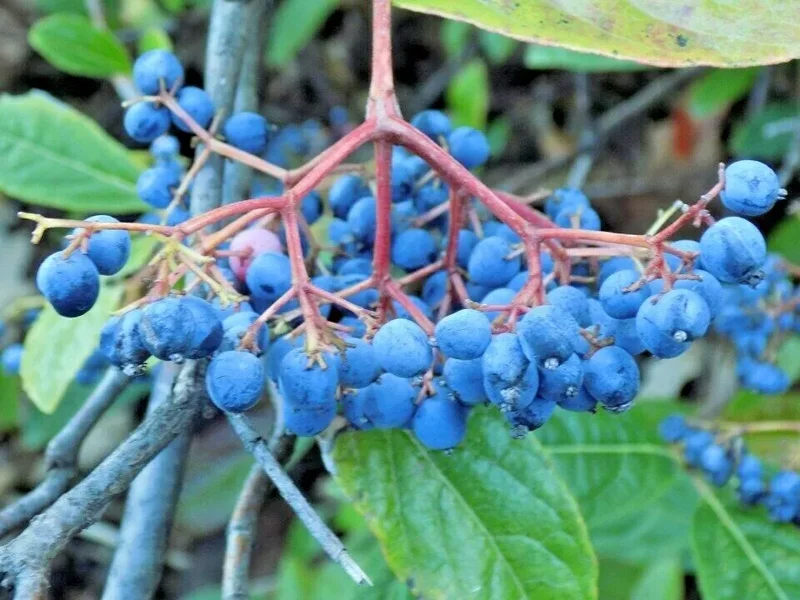
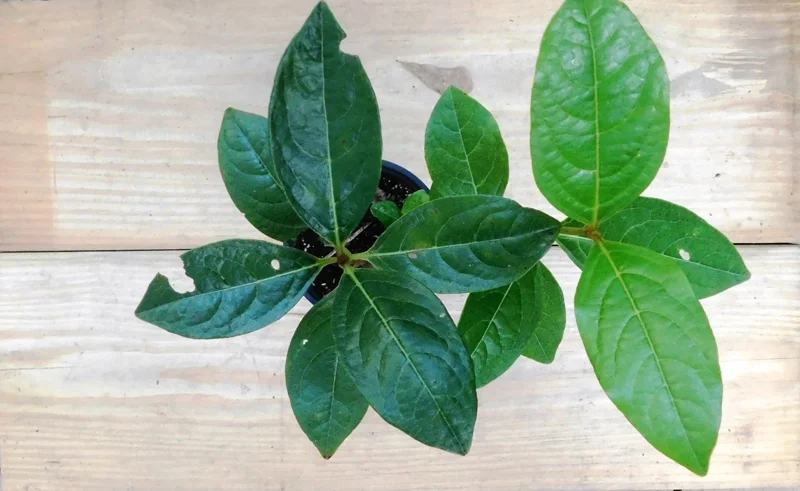
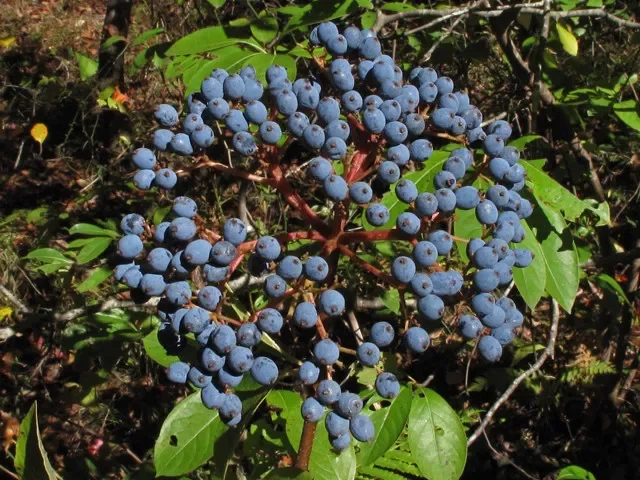
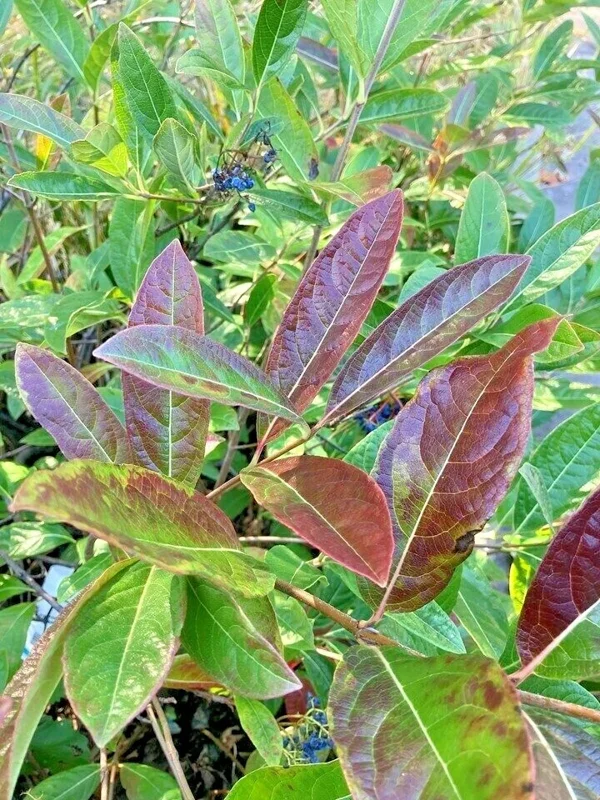
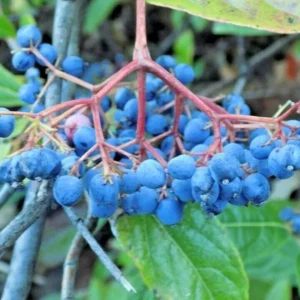
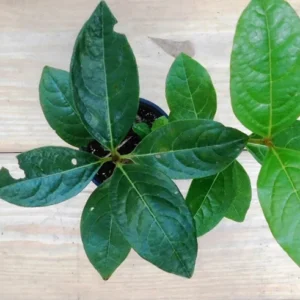
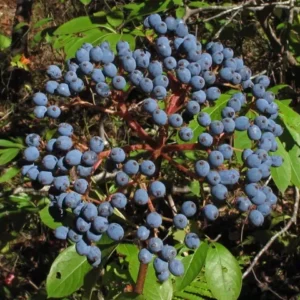
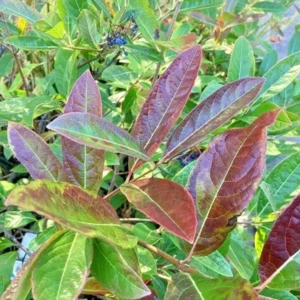

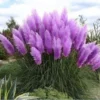




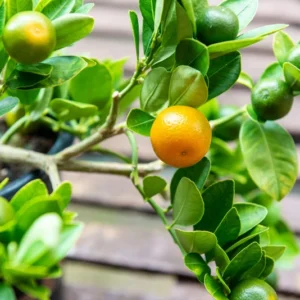
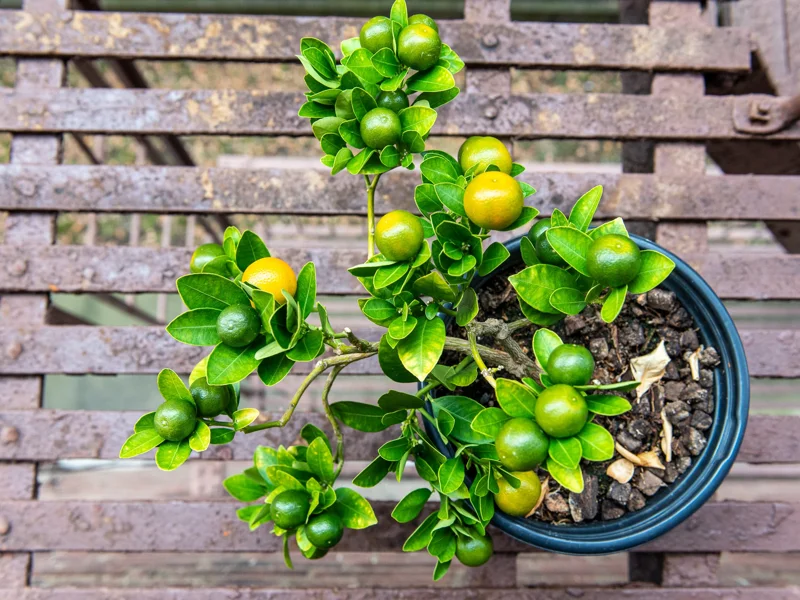
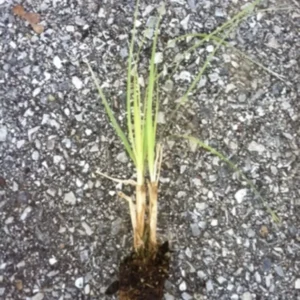
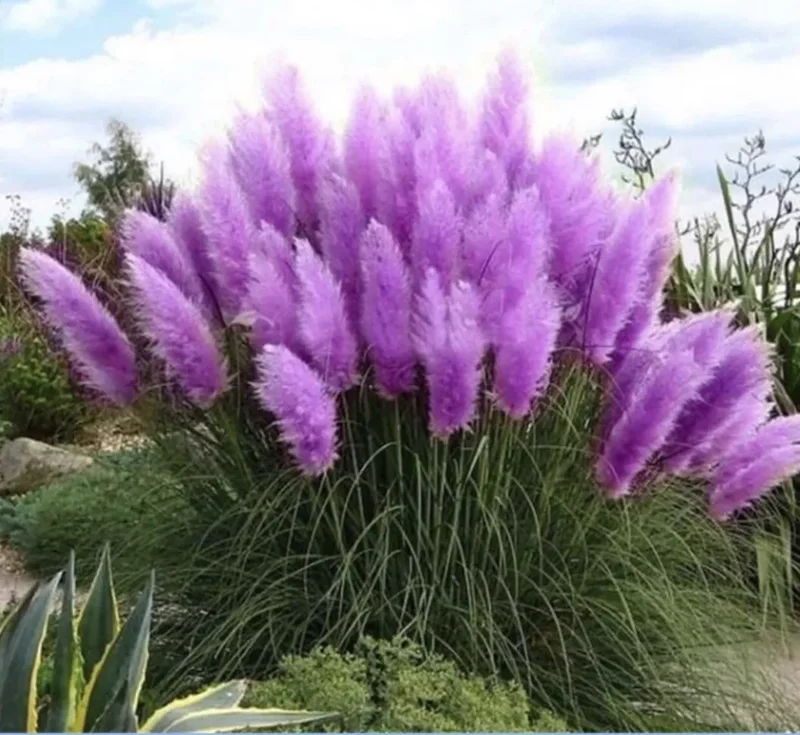
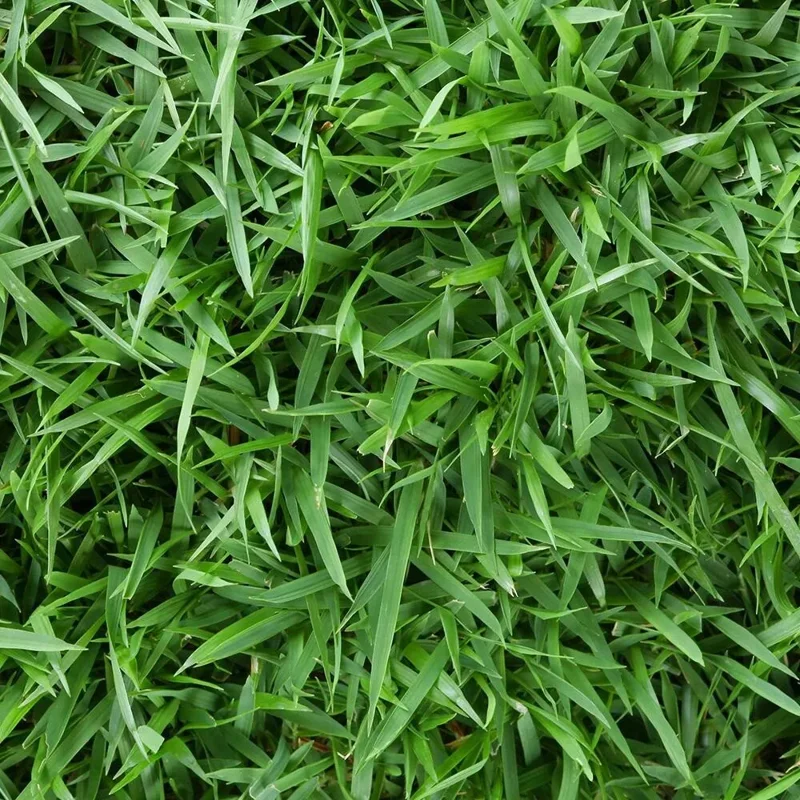



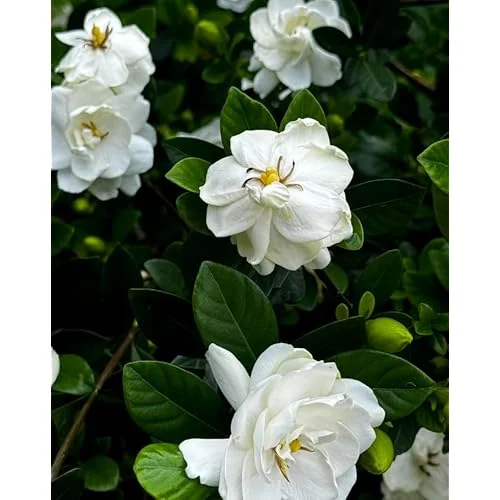
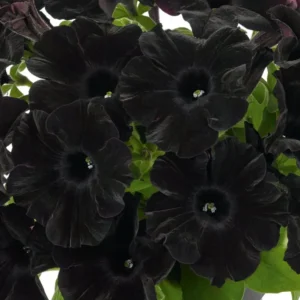
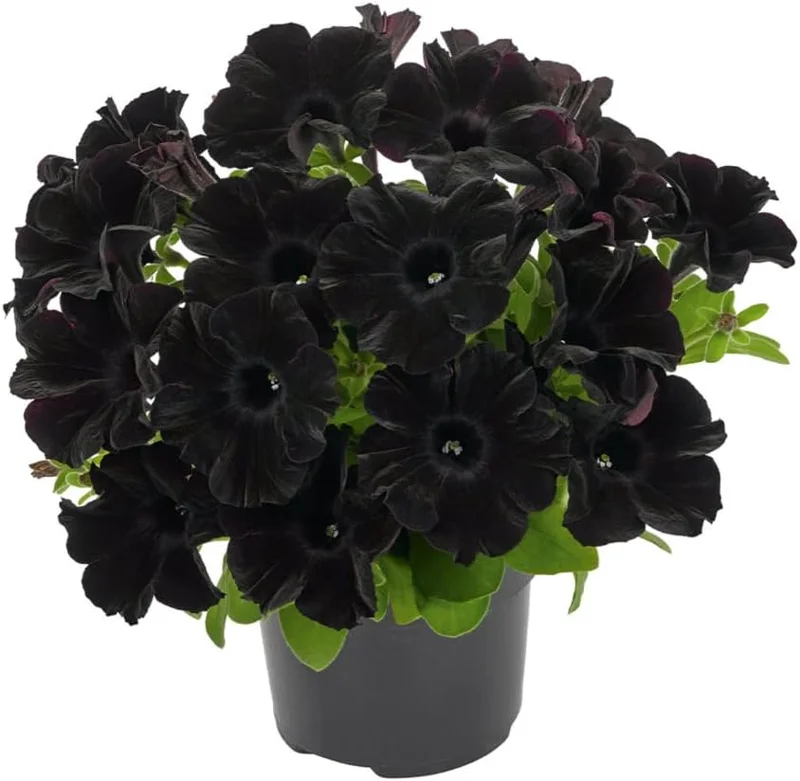
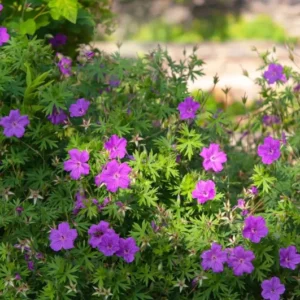
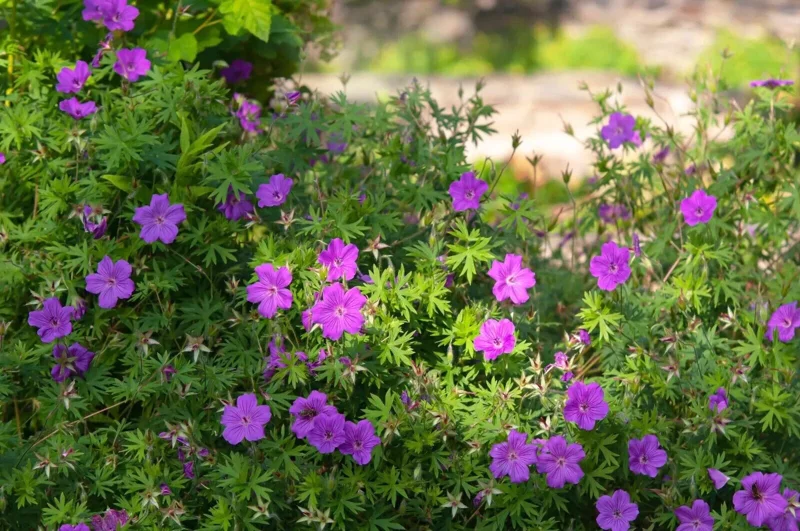
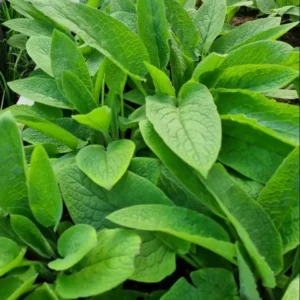
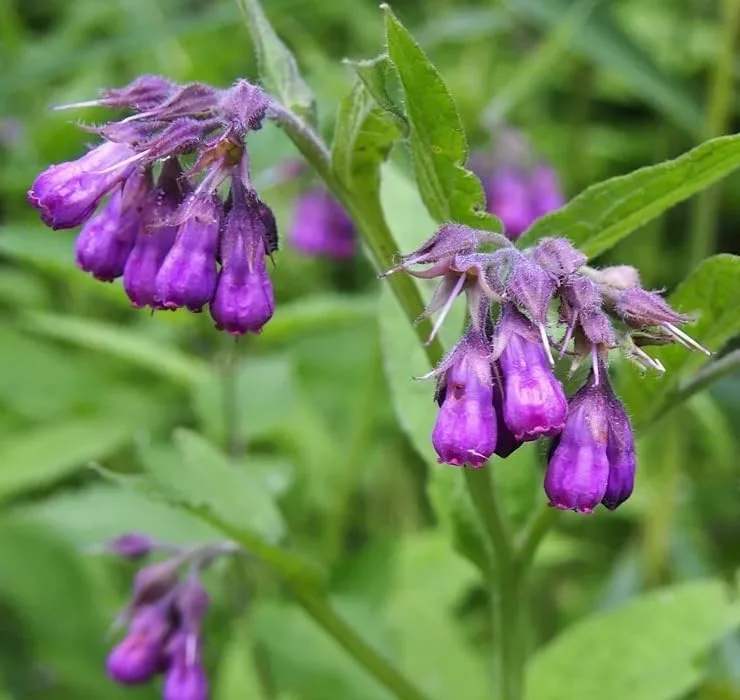
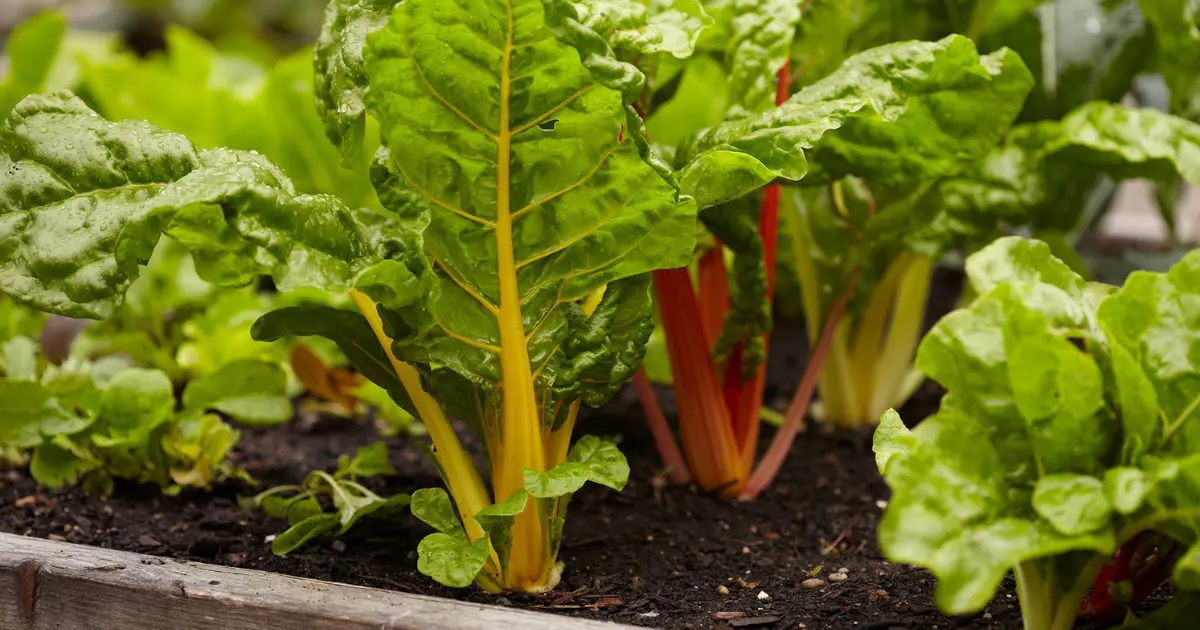
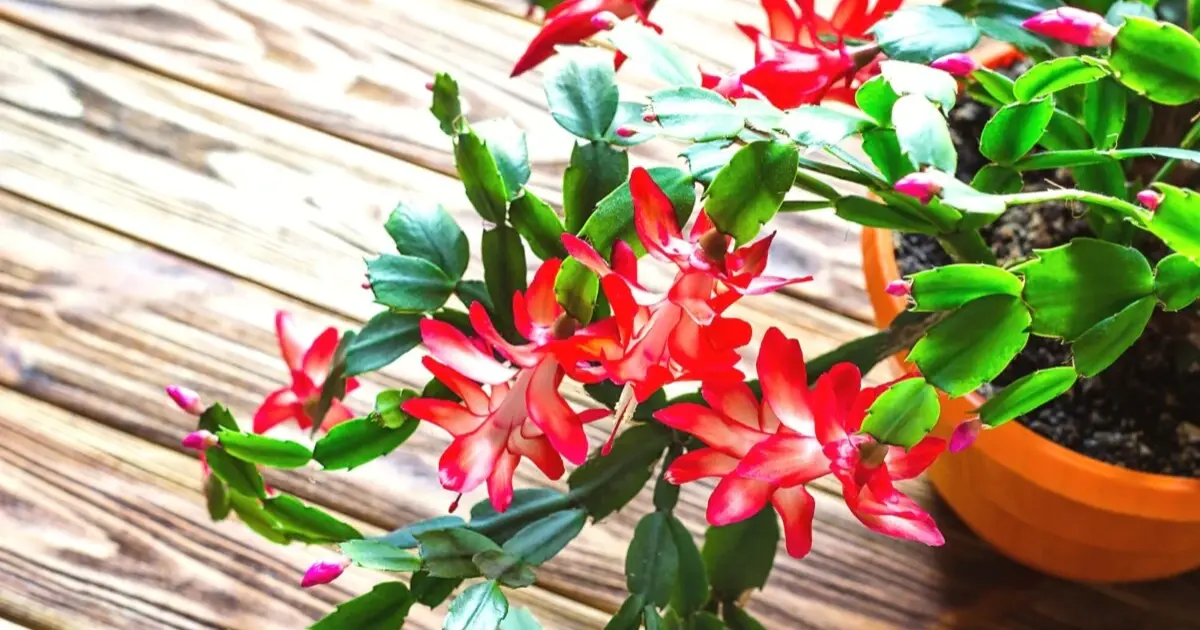
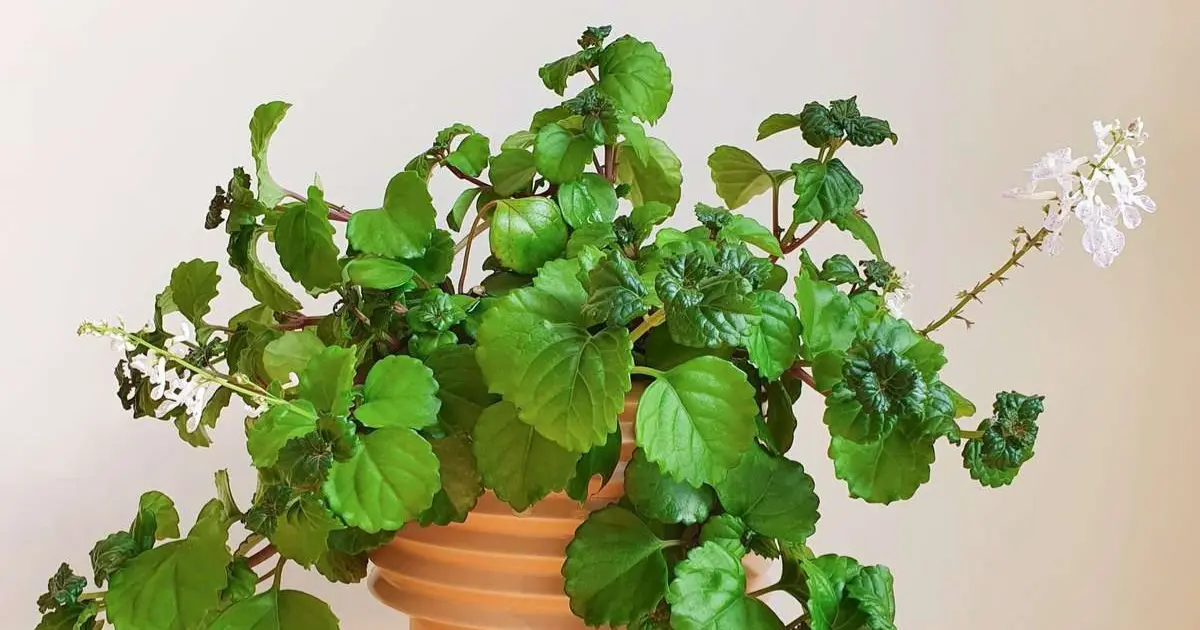
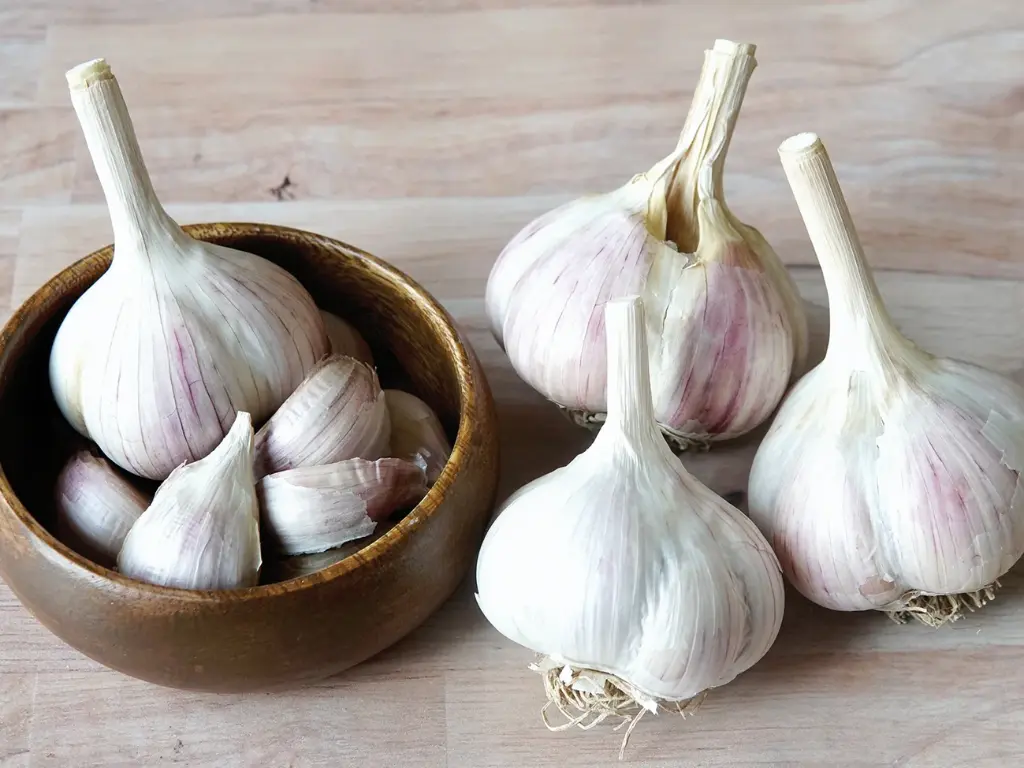
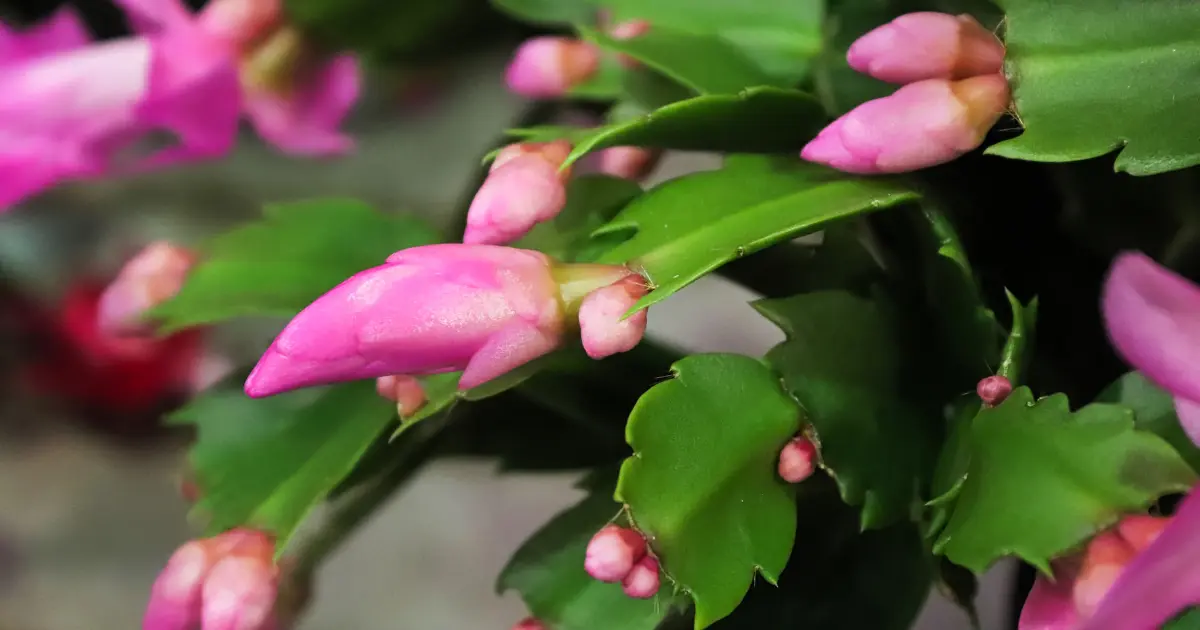

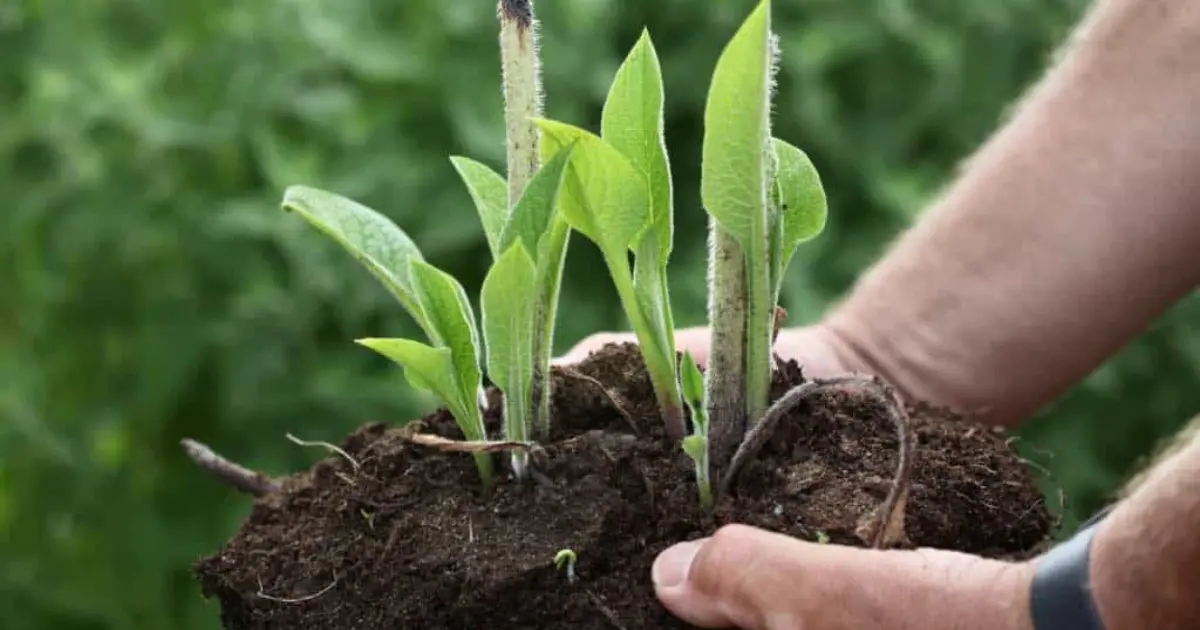




Reviews
There are no reviews yet.